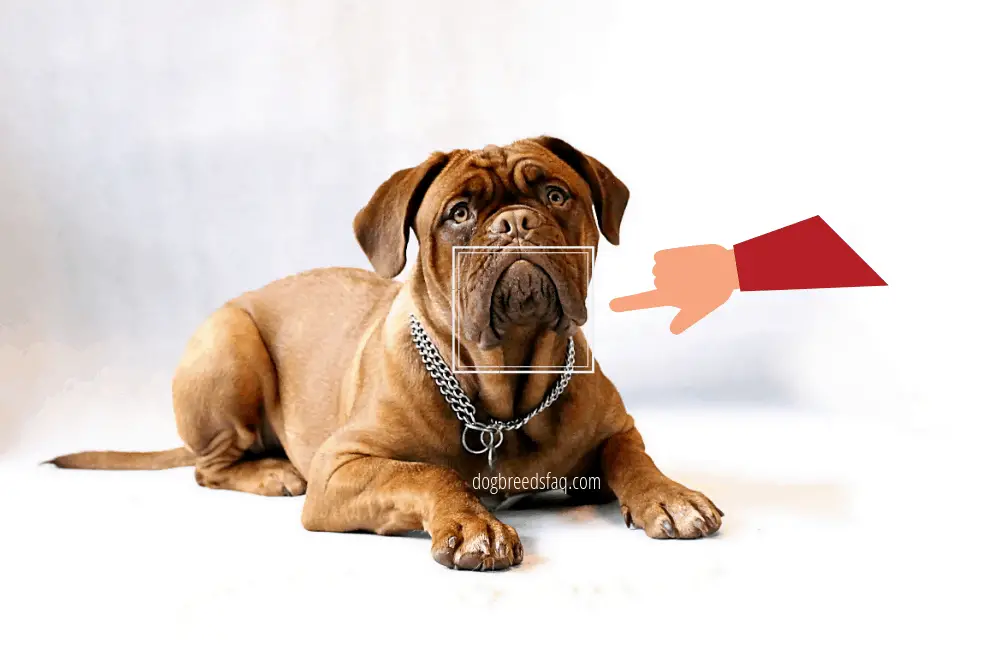I’m sure most people are aware that dogs have jowls, but I doubt many people have asked themselves, “Why do dogs have jowls?”
Well, if you’ve ever wondered, then you’ve come to the right place because that’s what I’m looking at in this article.
Dog jowls offer mouth and jaw protection (especially during fights), keep the mouth clean, and visually appealing, pick up and carry scents to their nose during tracking and can help dogs with swimming.
It might come as a surprise to learn that a dog’s jowls actually serve a function.
In this article, I look at what we mean by jowls, their purpose, and what are some of the most recognizable breeds with jowls.
What Are Dog Jowls?
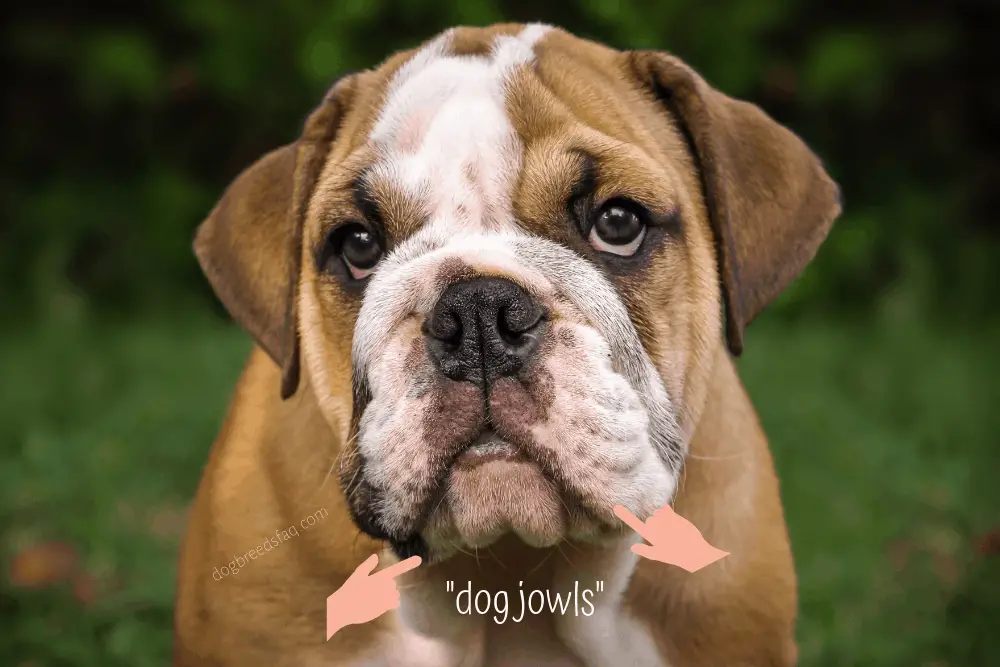
So, I’ve already thrown the word around several times, but there are probably people out there who aren’t even sure what I’m talking about.
It’s a reasonably well-known word, but, understandably, many people might not have bothered to look it up.
What do we mean by a dog’s jowls?
Essentially, jowls refer to the loose skin and lips around a dog’s mouth.
All dogs have them, but picture something like a Bulldog, with its big, droopy mouth, and you’ll have a good idea of what I’m talking about.
As I mentioned, some dogs have been bred specifically to have large jowls, which results in a saggy, wrinkly face. In the past, this was for a number of practical reasons.
Nowadays, however, jowls are purely for looks because many of these breeds no longer serve their working purpose (or very rarely).
Part of the reason why dogs with big or droopy jowls are so popular is that they appear to give them more emotive expressions.
In fact, many dogs with large jowls do look like they’re smiling when they’re happy or panting.
What Is The Purpose Of A Jowl?
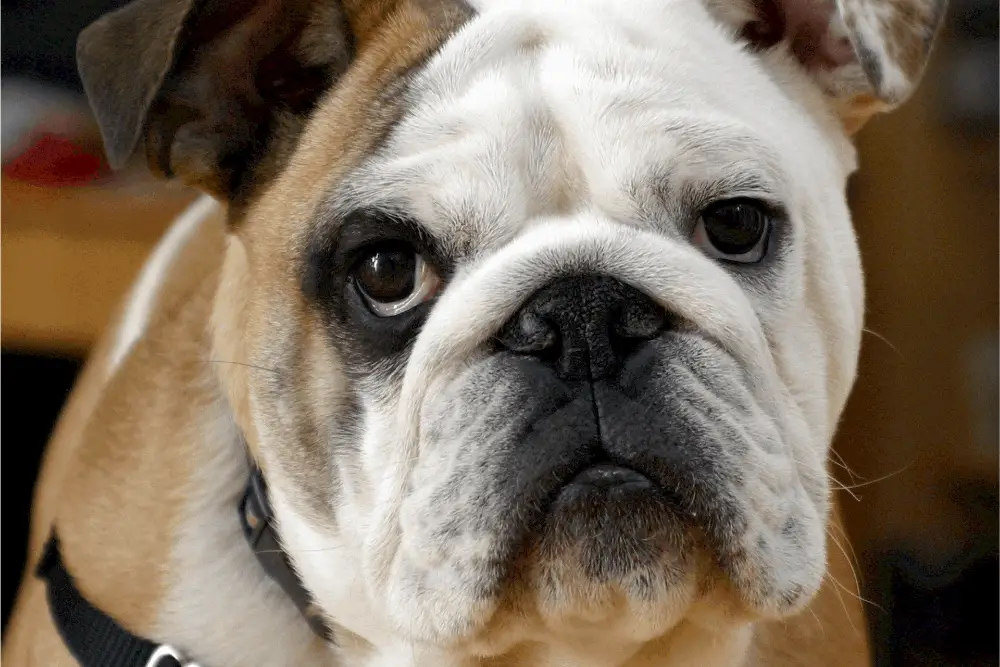
As I mentioned earlier, all dogs have jowls.
Technically, all jowls will serve a purpose, as this is a bit like asking whether our lips have a purpose.
At the very least, jowls act as a way of keeping the dog’s mouth moist but are stretchy enough to not get in the way while eating or barking.
On top of that, it’s also worth considering the dog’s whiskers, which, if it has any, will be located on its jowls.
While they look very different from a cat’s whiskers, they mainly serve the same purpose.
However, this use is redundant in many dogs because they don’t need the sensory advantage of having whiskers.
Aside from these two standard purposes, the more specific use of jowls will vary depending on the breed of dog.
As with other breed-specific traits, large jowls were bred into individual dogs for practical reasons relating to their working purpose.
For example, these can largely be divided into three categories:
- Protection
- Scenting
- Swimming
Protection
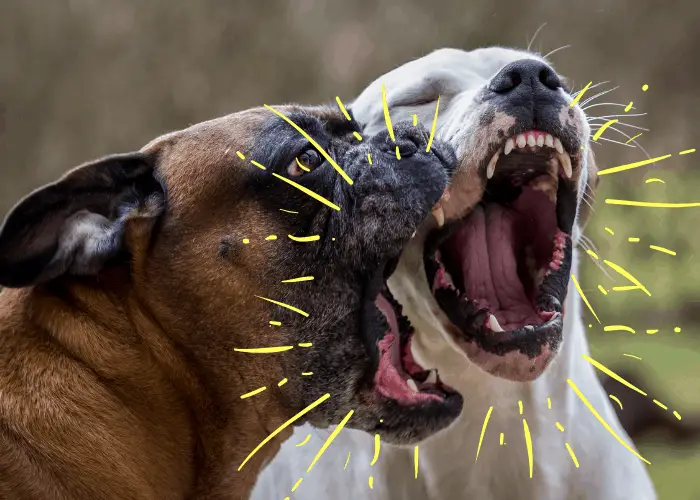
There are many breeds of dog that were created for the sole purpose of fighting.
We might think of this as barbaric now, but it’s just the way it is. Examples of this would be Bulldog breeds and Mastiff breeds.
When dogs fight, it’s pretty common for them to go for the other’s face. This is obviously one of their weakest and most sensitive areas, so a quick bite to the face can be enough to end the fight.
Big, droopy jowls, therefore, offer another level of protection for the dog’s face.
The loose skin makes it harder for another dog to lock on in the first place, as they’ll slide off or the other dog can pull away.
Similarly, a dog’s jowls aren’t as sensitive as the other parts of their face. This is because, as some areas on our bodies, there are fewer blood vessels and nerve endings.
While it’s not ideal for a dog to get bitten anywhere, their jowls are probably the “best” place for them to get bitten.
Scenting
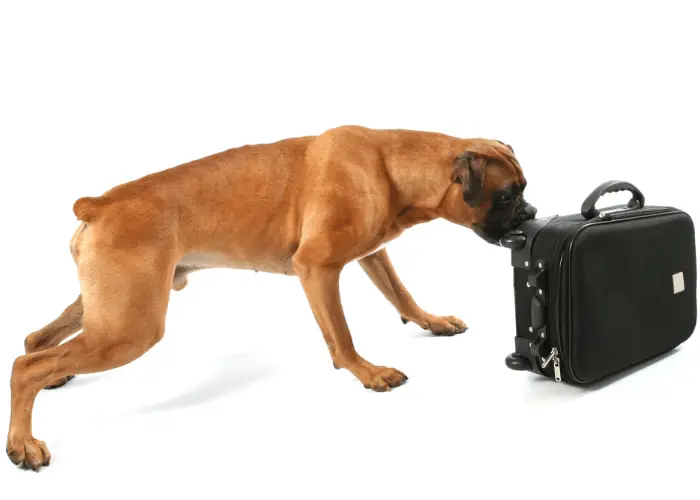
Scenthounds are one of the largest groups of working dogs and were used to track prey during hunts.
Their jowls are generally looser, meaning they hang close to the ground when the dog has its head down.
It’s believed that the purpose of long jowls, in this case, is to help waft scents towards the dog’s nose as the jowls brush the ground.
This makes it much easier for the dogs to pick up tracks, even if there’s minimal scent there.
Swimming
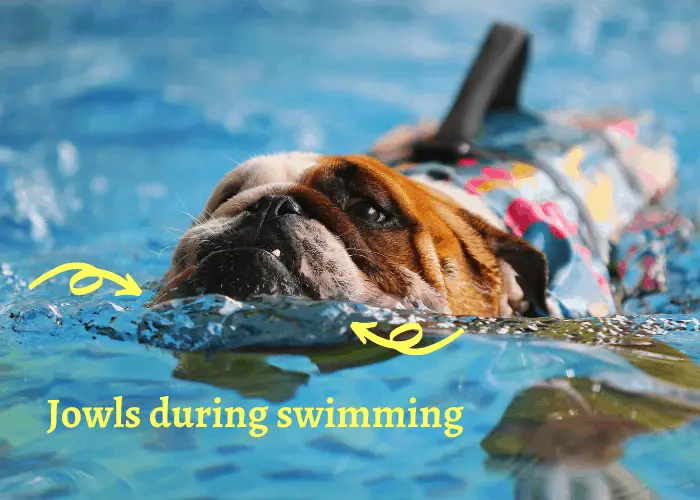
The final reason for large jowls relates to swimming. This is why dogs like the New Foundland have large jowls, as they were bred for retrieving prey from the water.
While other breeds of water dogs might not seem like they have large jowls, they are when compared to similar breeds not designed for the water.
In water dogs, large jowls trap air around the dog’s mouth, which makes it much easier for them to breathe while swimming.
Dogs without large jowls can still breathe while swimming; it’s just this makes the process a lot more efficient.
Why Do Dogs Lick Their Jowls?
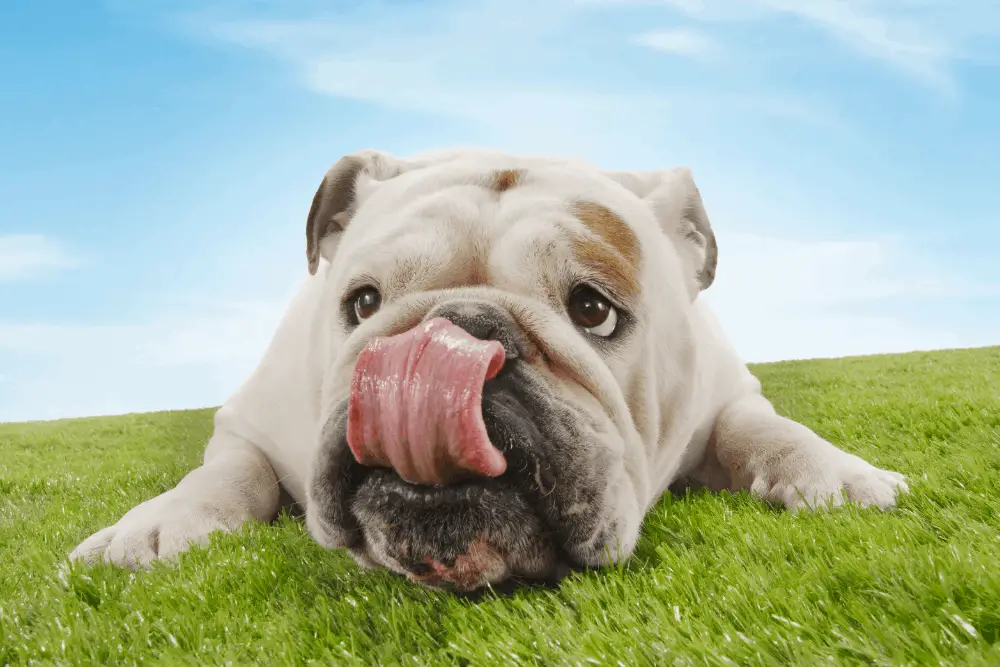
There are plenty of reasons why dogs lick their jowls. Again, it can be thought of much the same as how we lick our lips.
The obvious reason, therefore, is because they’re hungry, or have picked up an appealing scent.
Other than that, the common reasons for dogs licking their jowls include:
- Their emotional state. Dogs often lick their jowls when feeling negative emotions, such as stress, anxiety, or nervousness. Aside from being a coping mechanism, it’s believed that dogs use it as a way to communicate their feelings to their owner and other dogs.
- They’re feeling submissive. Again, dogs have a range of body language to display their feelings toward other dogs. To show submission, dogs might whimper or lie on their backs, or lick their jowls. Alternatively, some dogs will like the other dog’s jowls to show their submission.
- They have a medical condition. Some dogs will lick their face if they have dental problems or are feeling nauseous. If jowl licking is a new behavior in your dog, this could be the reason. Alternatively, they might have a dry face.
- Normal behavior. If a dog is feeling dehydrated, they’ll often lick their nose and jowls. Similarly, if they’ve just finished eating, it’s not uncommon for them to lick their face. It can be normal behavior; so don’t be too worried if your dog is licking their face.
Dogs With Jowls
As I mentioned earlier, all dogs have jowls in some form or another. However, there are plenty of breeds out there with very pronounced jowls, which come with their own range of benefits and drawbacks.
Some people find large jowls to be an appealing look for dogs, while some don’t.
Just remember, many dogs with big jowls do drool a lot, so if you like this look, then be prepared to spend plenty of time cleaning up after them.
Some of the most popular dogs with jowls include:
Mastiffs
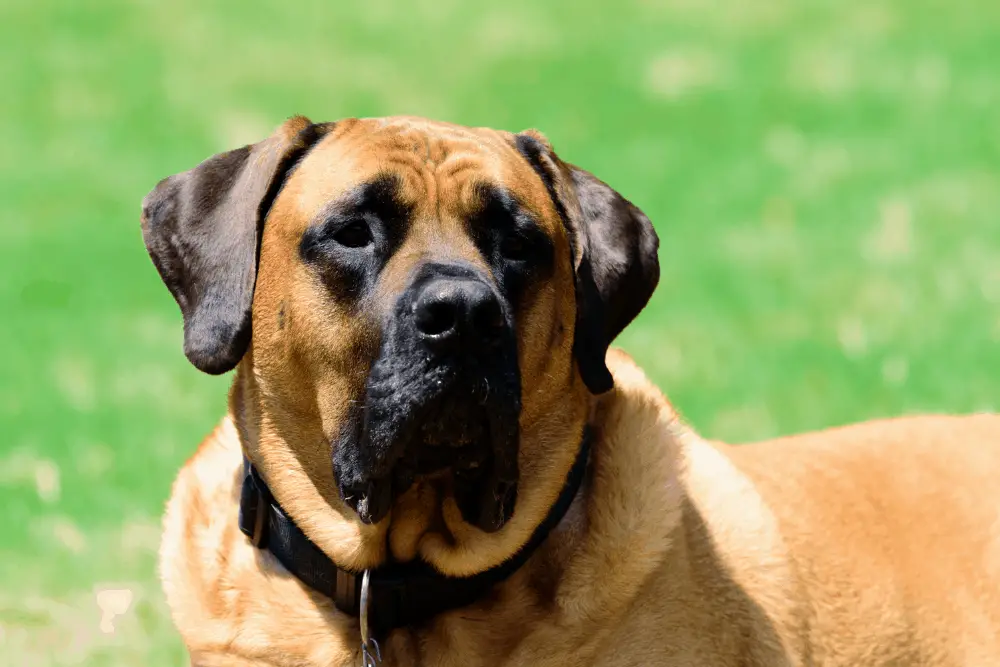
All Mastiffs have large, droopy jowls, and are always known for their level of drooling.
Mastiffs have very wrinkly faces, and this is much of their appeal for many owners. Mastiffs were originally fighting dogs, hence the large jowls.
Bulldogs
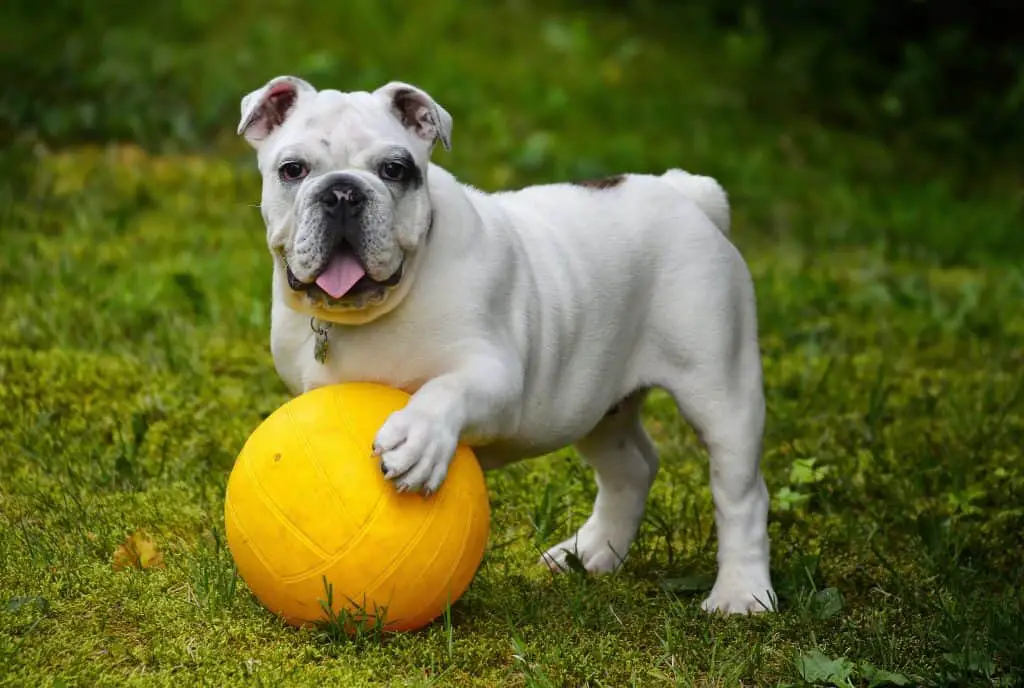
Bulldogs, believe it or not, descend from baiting dogs. This means that, much like Mastiffs, their jowls were for extra protection.
However, very few Bulldogs drool, but they come with their range of problems instead.
Hounds (Bloodhound or Bassett Hound)
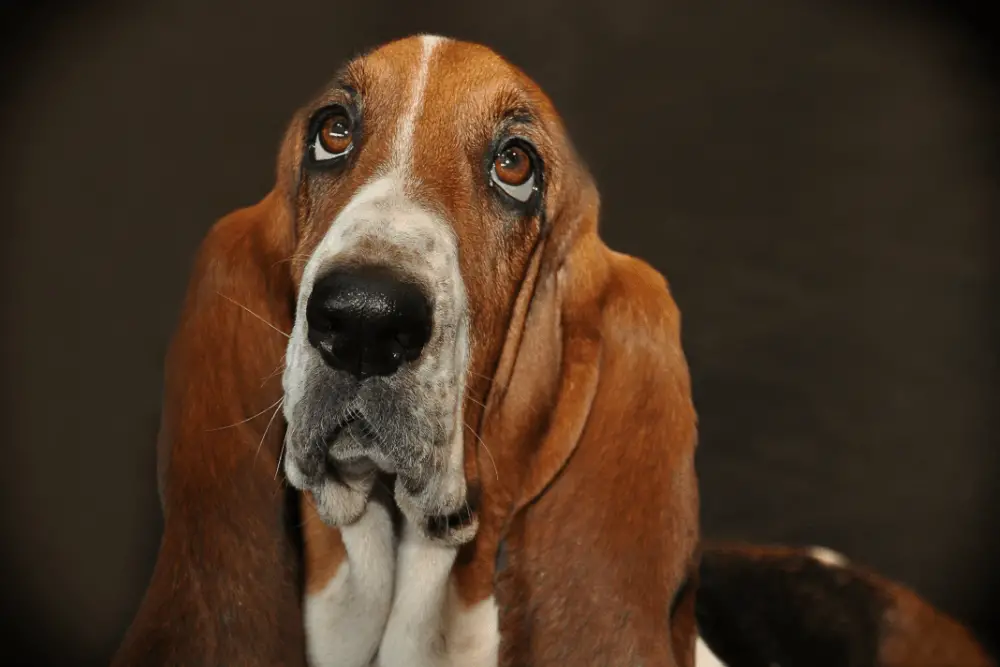
Hounds are typical scent dogs, so their large jowls were meant to help them pick up tracks.
Many hounds are very prone to ulcers if their jowls aren’t kept clean, as they’re very droopy with lots of excess skin.
Saint Bernard
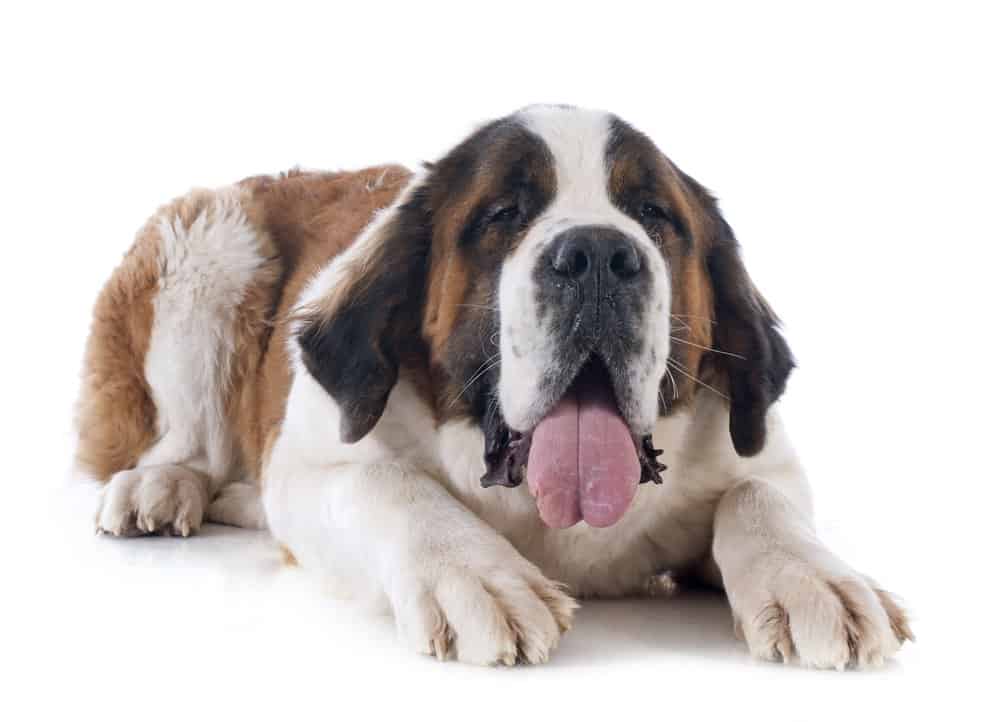
Saint Bernard was bred as water rescue and a scent dog. This means that their jowls are designed to assist with breathing when in the water. Much like Mastiffs, Saint Bernards do drool a lot.
Dog Jowls Common Problems
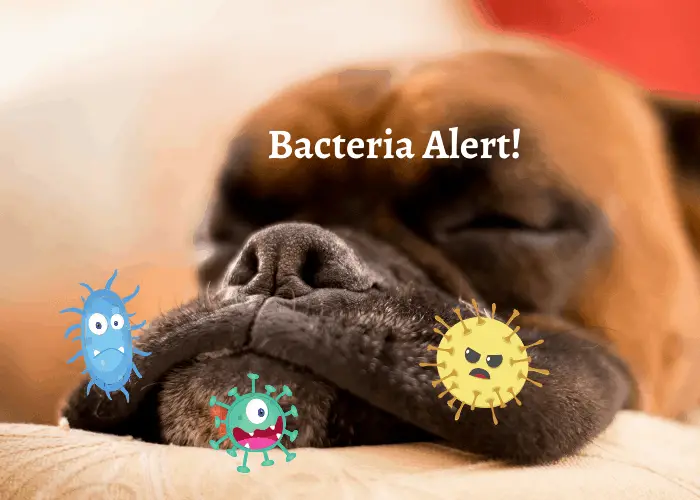
Dog jowls do come with several practical issues, which, if not cared for, can lead to health complications.
For example, dogs with large jowls tend to drool a lot, and their jowls can be an ideal breeding ground for bacteria.
This issue is made worse by their proximity to the dog’s mouth, so there’s plenty of food for the bacteria.
It’s worth inspecting your dog’s jowls every week, regardless of how pronounced they are.
You should clean them with a damp cloth regularly to avoid complications from trapped food or dirt, which can lead to infections.
Your dog might find it uncomfortable at first, but as with any other routine, it just takes time to develop.
Conclusion:
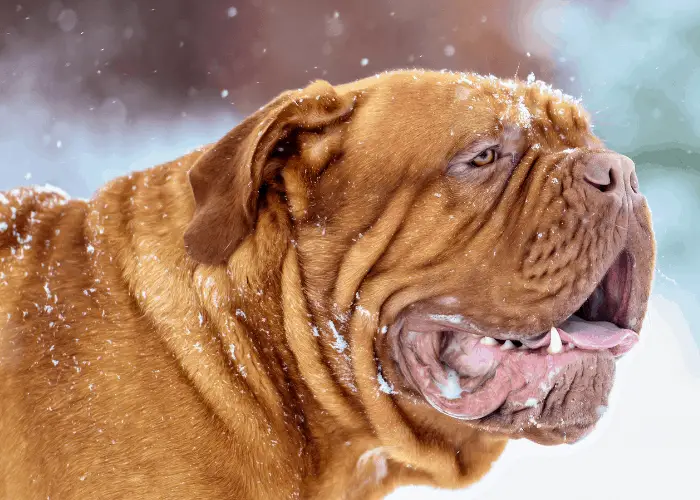
It’s pretty common for dogs with large jowls to drool, although this isn’t true of every breed.
As I mentioned, there are normal reasons for dogs to drool or lick their jowls, but if you have any concerns about abnormal behavior, then the best thing you can do is speak to your vet.
The jowl is an asset to your dog. Without it, Life will not be satisfying to your beloved pet.
Browse more dog pros and cons questions

